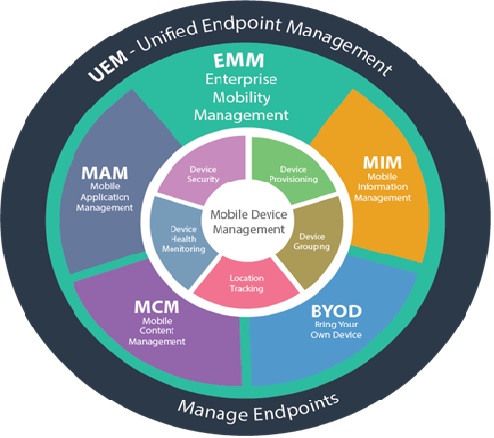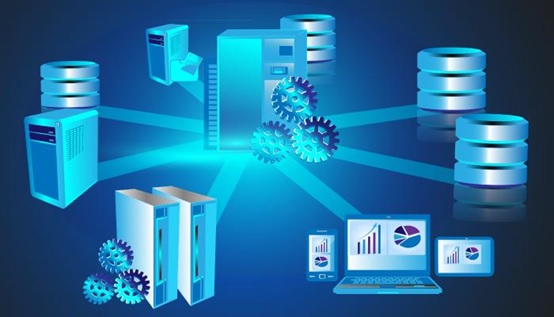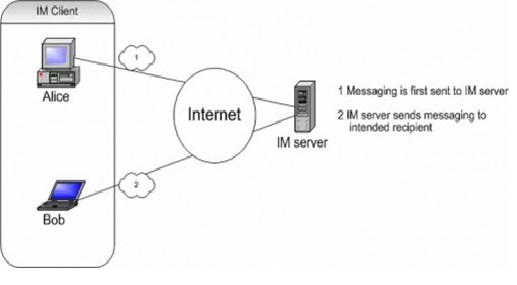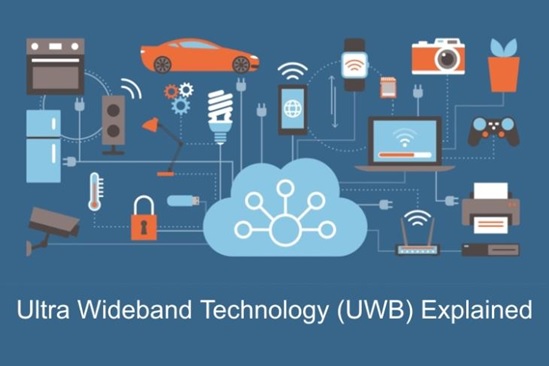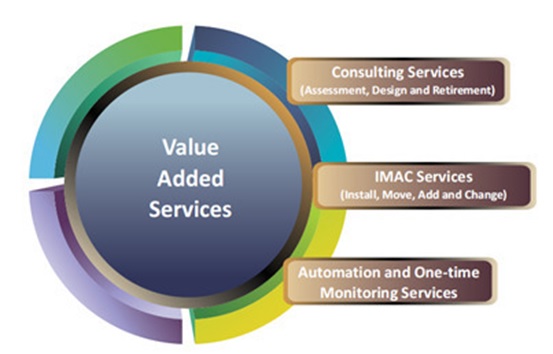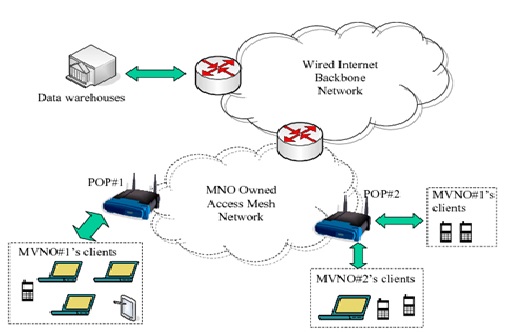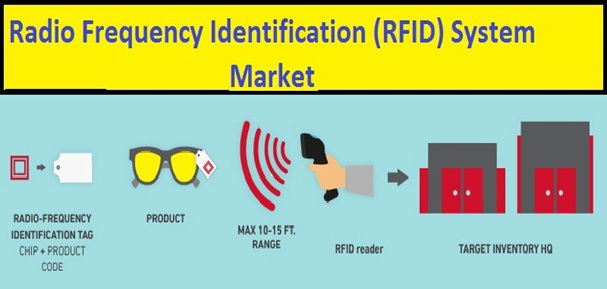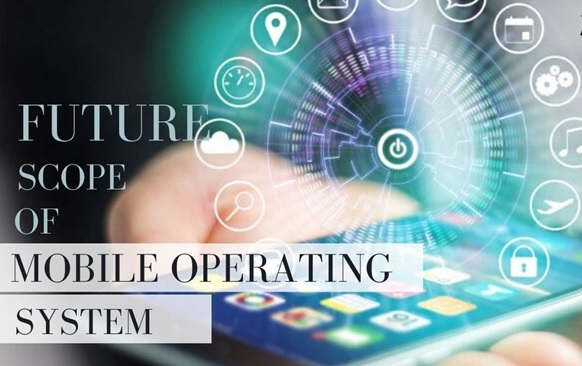Difference between ucaas and cpaas
Both UCaaS and CPaaS unlock more streamlined communication tools for organizations. The “as a service” cloud delivery model means that organizations can access all of their communication tools via the cloud so they don’t have to manage a data hardware room or backend infrastructure.
The modern workplace is constantly evolving. Employees use their computers, smartphones, and tablets to communicate and collaborate from anywhere and at any time. They rely on different forms of communication too, including messaging, video, voice, and emails. The problem is, with so many different modes of communication, the message often becomes fragmented. That’s where UCaaS and CPaaS come into play.[1]

Figure 1. The difference between ucaas and cpaas
Figure 1 shows UCaaS has been a buzzword in business communication for a few years now. CPaaS, in contrast, has only recently appeared on the scene, but with considerable panache. [2]
UCaaS: All-in-One Communications, Ready to Go
Unified Communications as a Service offers you the opportunity to centralize all your business communication on one ready-made platform.
Typically, this comes in the form of a provider of VoIP business phone services and also integrates channels like voice and video calling, virtual fax, email, live chat, team messaging, SMS, and MMS.
Most providers also offer a wide array of additional, productivity-enhancing functionalities. These range from advanced call management and auto attendants to AI-based call transcription and analytics.
The major advantage of UCaaS is that you only have to sign up for a service and do a minimal amount of set-up work, before having all your communication channels ready to use for your entire team.
UCaaS platforms are usually accessible through the provider’s desktop and mobile apps. Plus, they often provide integrations for third-party business platforms, such as customer relationship management (CRM) systems like HubSpot and Salesforce.
CPaaS: Giving Developers Freedom to Integrate Communication Anywhere
Unlike UCaaS, Communications Platforms as a Service (CPaaS) systems do not come in a pre-packaged version. Instead, they offer developers the possibility to build real-time communications features into their own apps.
For example, if you’re in the fitness industry, you might decide to launch a fitness app with both standard classes and personalized coaching. CPaaS allows your developers to simply add voice and video calling to this app. Instead of switching to a stand-alone app like Zoom, users can video call their personal trainers directly, never leaving your fitness app.
CPaaS providers let your developers access the same technology that underlies UCaaS solutions through Application Programming Interfaces (APIs). This way, they can use the necessary data center infrastructure, app building frameworks, and pre-built modular solutions.
The range of functionalities that can be realized with CPaaS is similar to what UCaaS offers: voice and video calls, text messages, social media messaging, and web-based chat. It’s also possible to benefit from insights generated through call analytics, and security and anonymity features like two-factor authentication.
However, the fundamental difference to UCaaS is that CPaaS does not come as a ready-made solution. Instead, it provides the fabric allowing app developers to tailor bespoke solutions fitting your needs. [2]
References:
- https://www.ringcentral.com/us/en/blog/ucaas-vs-cpaas-whats-the-difference/
- https://pakwired.com/ucaas-vs-cpaas-whats-the-difference/
Cite this article:
Thanusri swetha J (2021), Difference between ucaas and cpaas, AnaTechmaz, pp. 16



